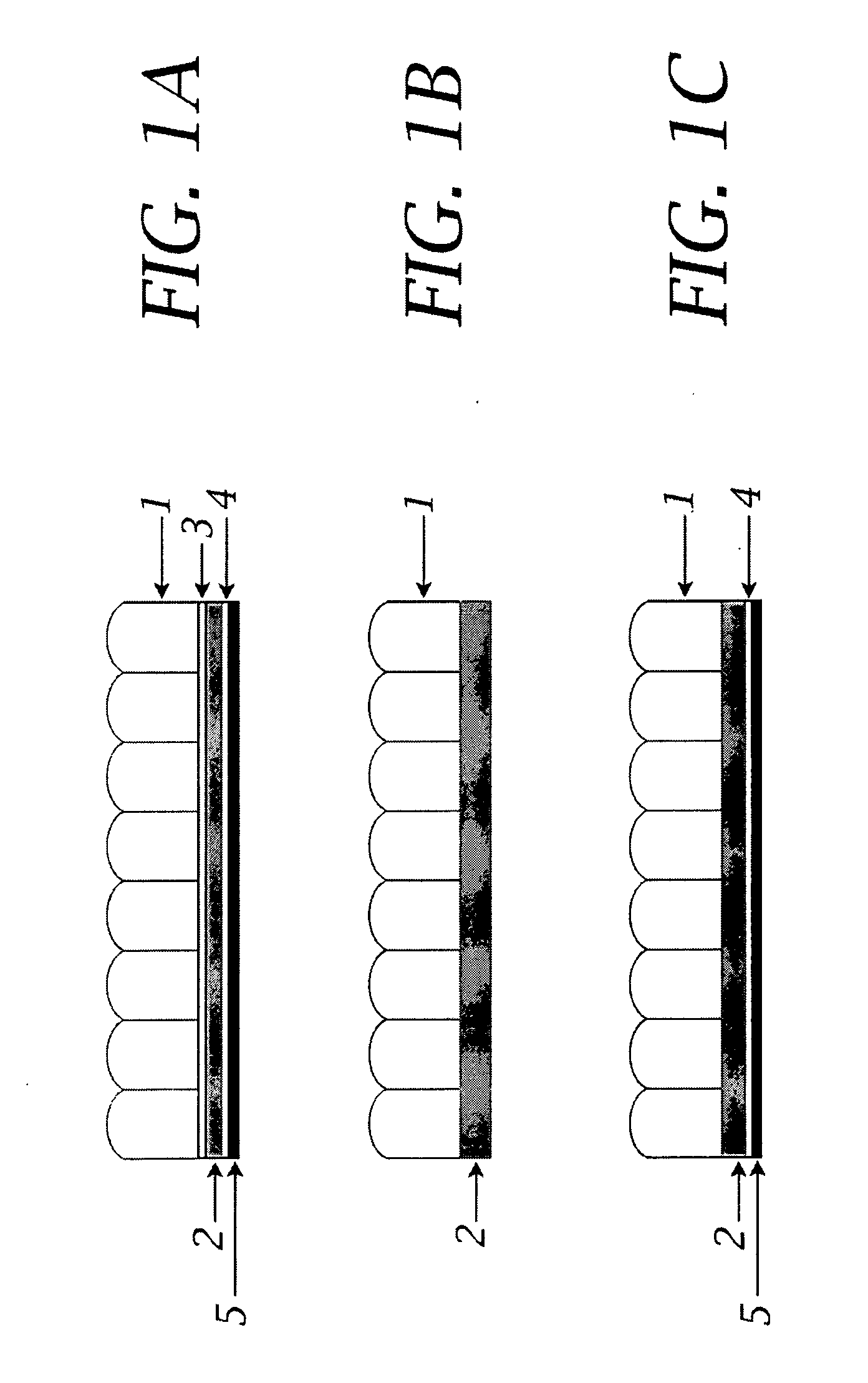Method and system for automated production of autostereoscopic and animated prints and transparencies from digital and non-digital media
a technology of auto applied in the field of digital and non-digital stereoscopic and animated images, hardcopy prints and transparencies, can solve the problems of not yielding consistent, complex process required to produce the first lenticular hardcopy from a 3d dataset or a series of photographic images, and single configuration in an existing system cannot produce both horizontal and vertical formats at full resolution
- Summary
- Abstract
- Description
- Claims
- Application Information
AI Technical Summary
Benefits of technology
Problems solved by technology
Method used
Image
Examples
example 1
[0113]FIG. 25A and FIG. 25B show a camera (251) with a single shutter (252) and diaphragm (253) positioned between a sensor chip (254) and a lens (255). The sensor chip (254), diaphragm (253), and shutter (252) move together along a horizontal path (256) beneath the lenses (255) to allow a sensor chip (254) to be positioned to accept an image from any one of the lenses (255). A single 2D image can be exposed through any of the lenses (255) or a series of exposures can be made in succession via two or more of the lenses (255), in which case the sensor chip (254) records each of the series of exposures in succession and each image is stored in a memory storage device (257) prior to capture of a subsequent exposure. Alternatively, each of the lenses can have a dedicated diaphragm, where only the shutter and sensor chip move together beneath the lenses to accept and record each exposed image. Alternatively still, each of the lenses can have its own dedicated diaphragm and shutter, with ...
example 2
[0114]FIG. 26 shows the camera with a shutter (261) and diaphragm (262) positioned beneath each of the lenses (263). Here, the lenses (263) are constructed and oriented such that an image captured by each lens (263) is directed to a single common sensor chip (264). A single 2D image exposure can be made via any of the lenses (263) or a series of exposures can be made in succession via two or more of the lenses (263). The sensor chip (264) records each image in a series of exposures in succession and each image is stored in a memory storage device (265) prior to subsequent exposures. FIG. 27 shows a variation of this example, where, rather than relying only on the construction and positioning of the lenses (263) to direct each exposure onto the single common sensor chip (264), one or more mirrors (271) can be positioned between the sensor chip (264) and each of the lenses (263). Mirrors (271) can be utilized in any of the present camera versions to “fold” the exposure light path and ...
PUM
 Login to View More
Login to View More Abstract
Description
Claims
Application Information
 Login to View More
Login to View More - R&D
- Intellectual Property
- Life Sciences
- Materials
- Tech Scout
- Unparalleled Data Quality
- Higher Quality Content
- 60% Fewer Hallucinations
Browse by: Latest US Patents, China's latest patents, Technical Efficacy Thesaurus, Application Domain, Technology Topic, Popular Technical Reports.
© 2025 PatSnap. All rights reserved.Legal|Privacy policy|Modern Slavery Act Transparency Statement|Sitemap|About US| Contact US: help@patsnap.com



